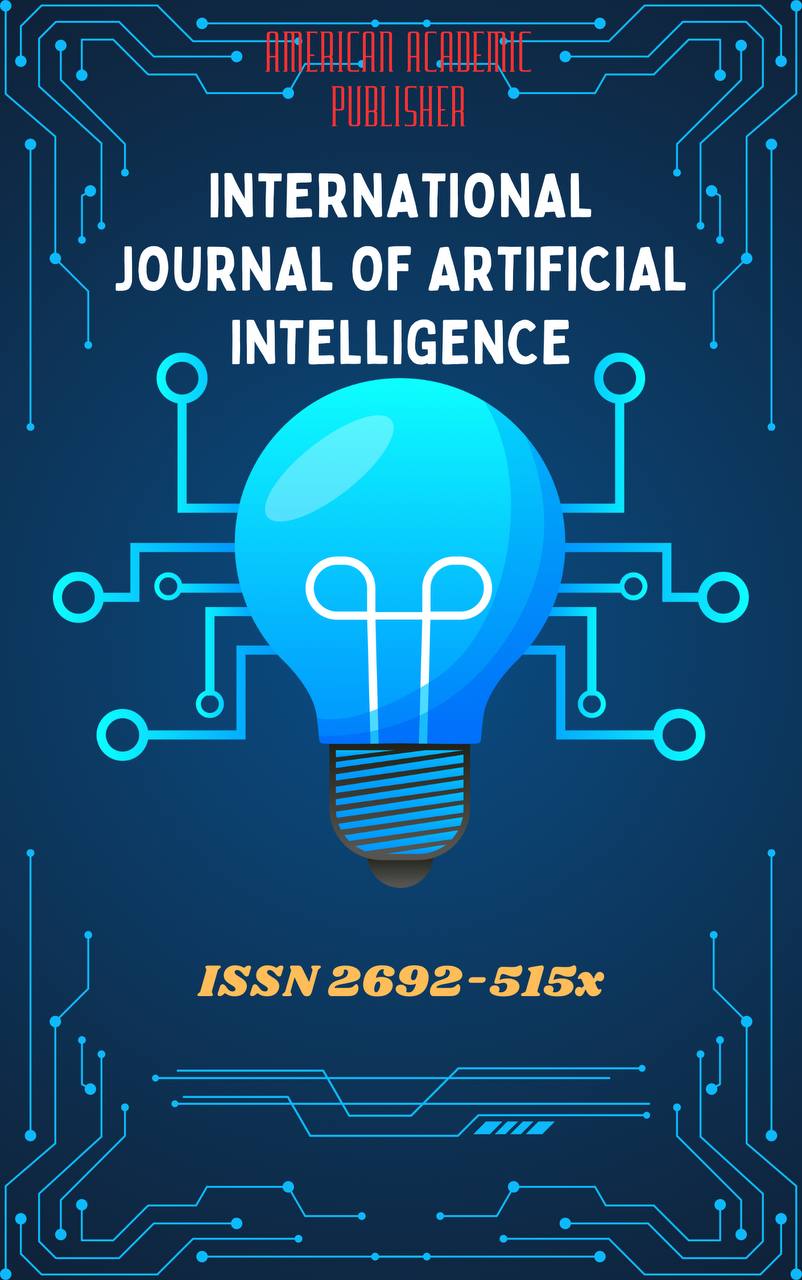 Articles
| Open Access |
Articles
| Open Access | THE IMAGE OF THE WORLD IN THE LANGUAGE OF ADOLESCENTS: A PSYCHOLINGUISTIC APPROACH
Zainullin Ilfat Ramilevich , Andijan branch of Kokand UniversityAbstract
This article explores how adolescents conceptualize and linguistically express their worldview through a psycholinguistic lens. It examines the interplay between cognitive development, emotional maturity, and linguistic choices in adolescent discourse, emphasizing the dynamic relationship between language and individual perception of reality. Drawing on corpus-based observations and psycholinguistic theory, the study highlights the unique features of adolescent language, including lexical innovation, metaphorical framing, emotional expressiveness, and social positioning. The findings provide insight into how adolescents construct their identity, relate to their environment, and shape their understanding of the world through language.
Keywords
adolescent language, worldview, psycholinguistics, cognitive development, metaphor, emotional expression.
References
Piaget, J. (2012). The Psychology of the Child. Basic Books.
Vygotsky, L. S. (2016). Thought and Language. MIT Press.
Eckert, P. (2000). Linguistic Variation as Social Practice: The Linguistic Construction of Identity in Belten High. Blackwell.
Tagliamonte, S. A. (2016). Teen Talk: The Language of Adolescents. Cambridge University Press.
Article Statistics
Downloads
Copyright License

This work is licensed under a Creative Commons Attribution 4.0 International License.

